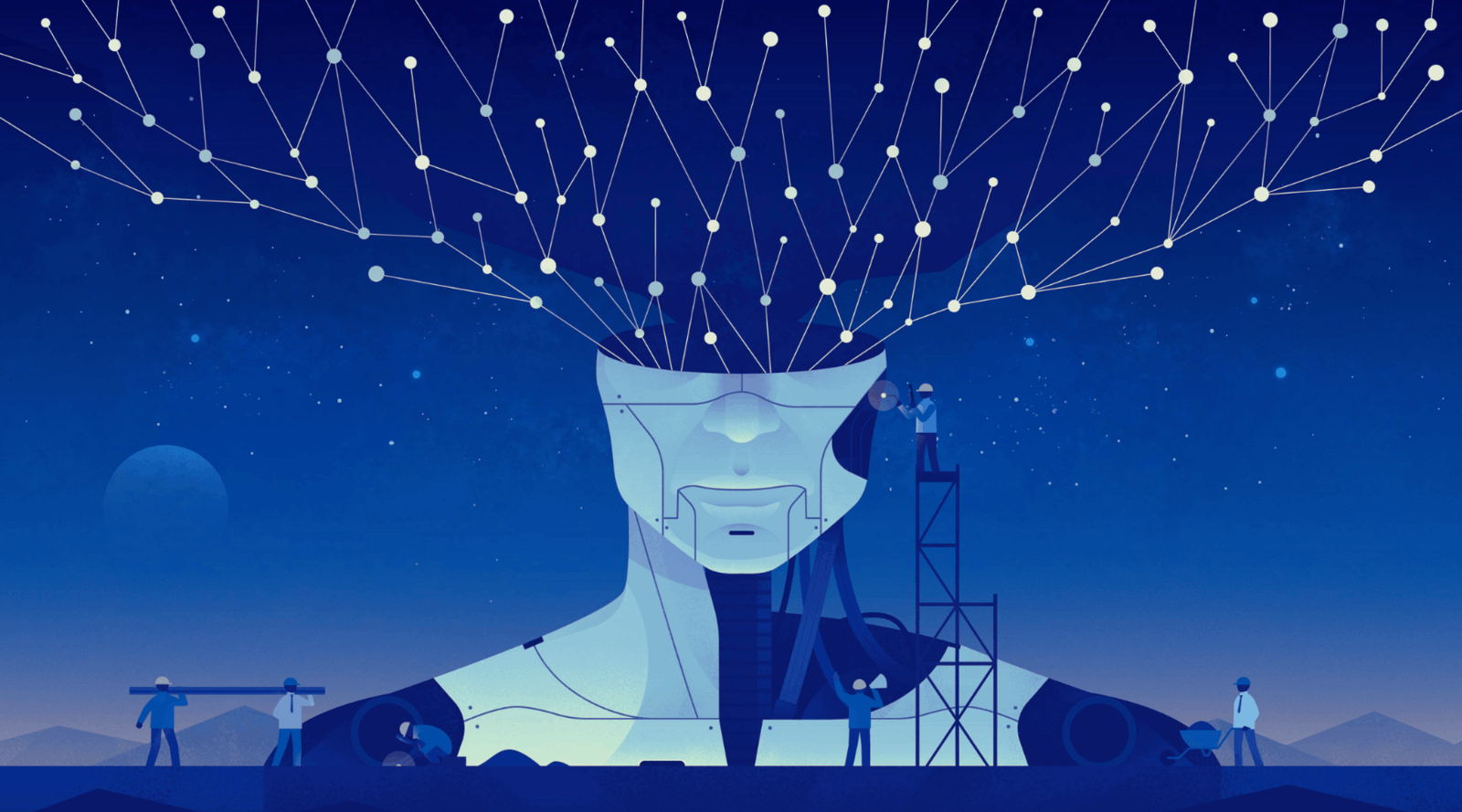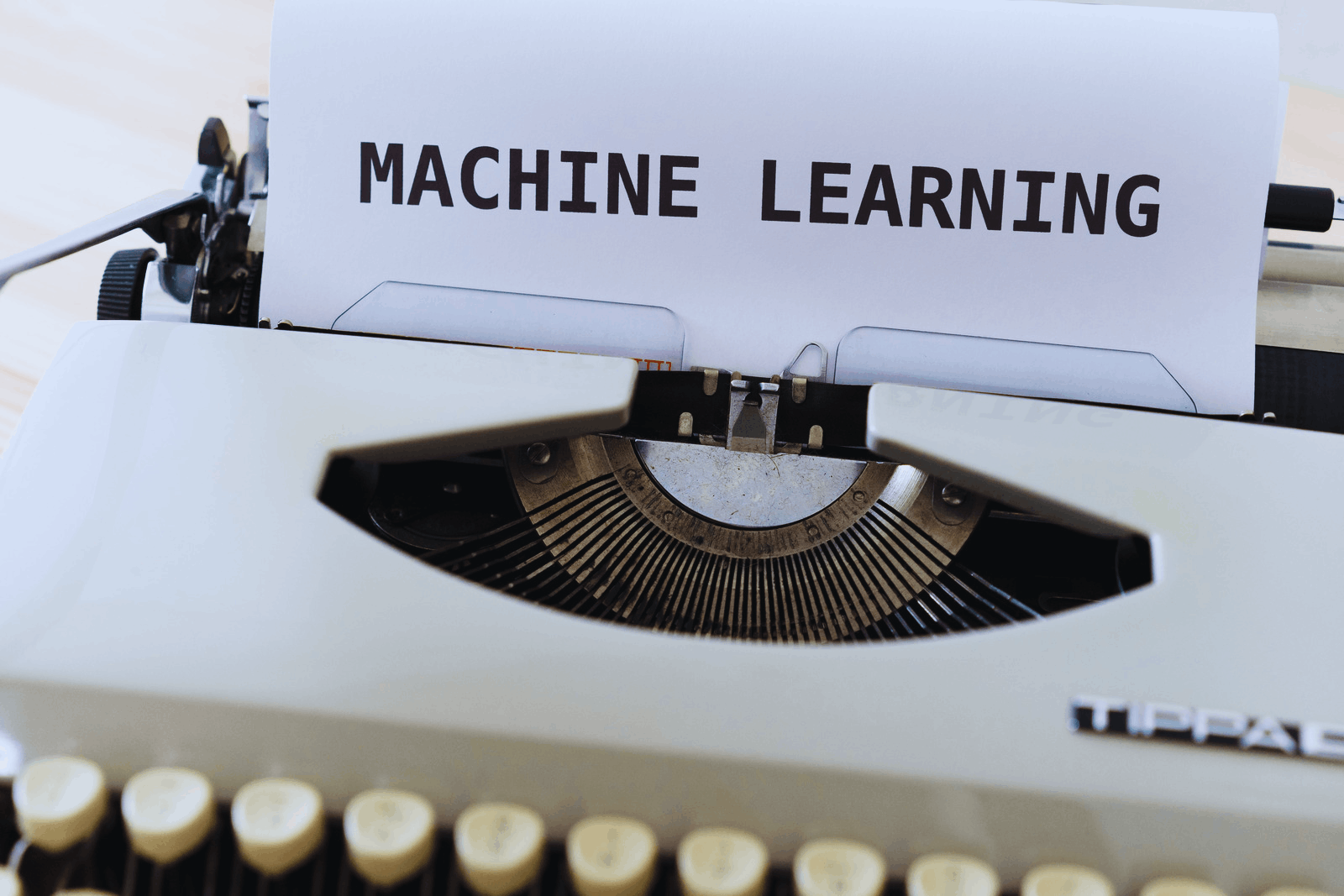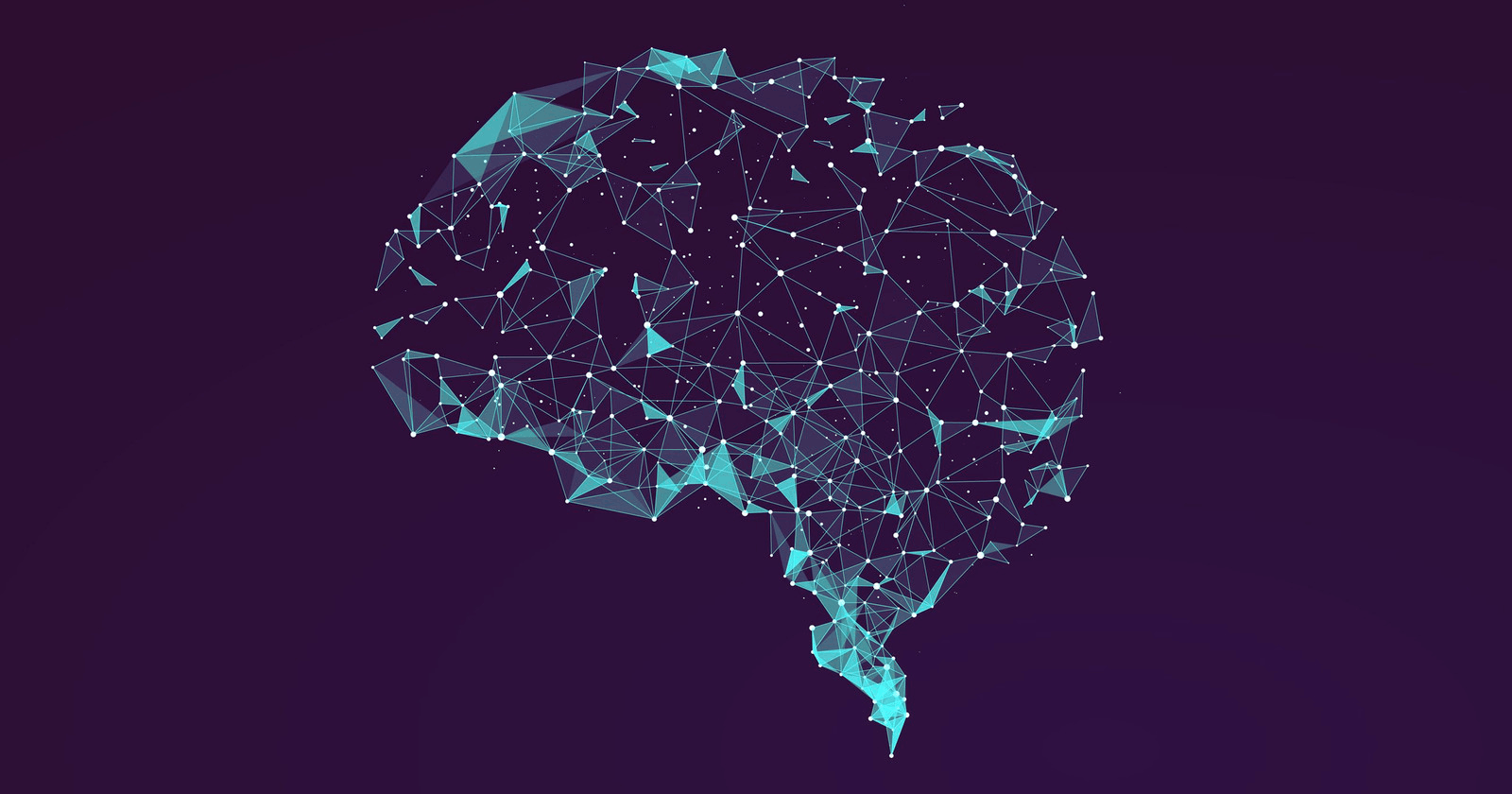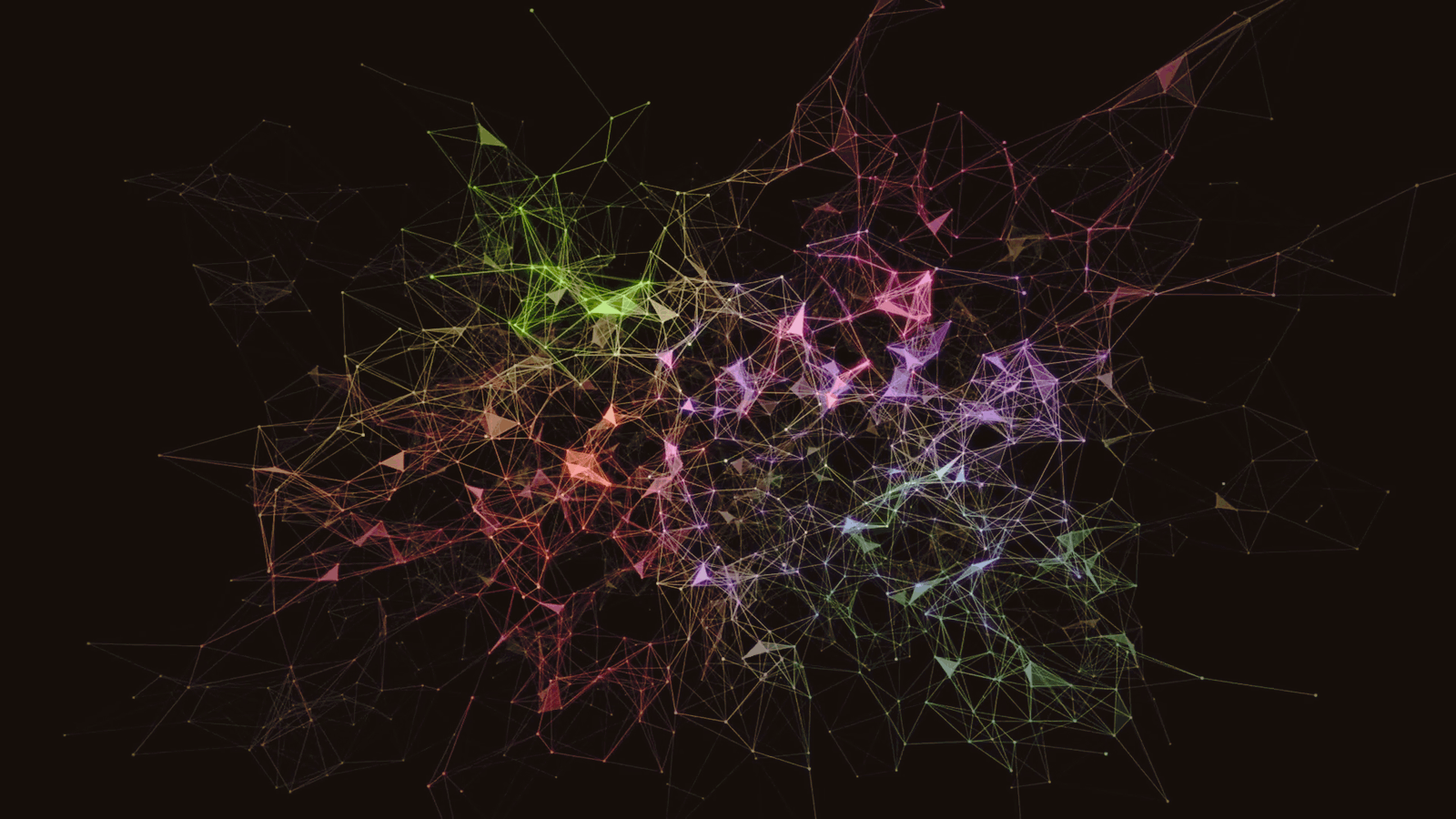Machine Learning and Neural Networks
In the area of computer science known as "machine learning," statistical methods are used to enable computer systems to "learn" from data and so gradually improve their performance on a given job. On the other hand, a particular class of machine learning algorithms called neural networks is based on the design and operation of the human brain.

In its most basic form, a neural network is made up of layers of interconnected "neurons," which are basic processing units that can execute a dot product and a non-linear transformation. These neurons are arranged in layers, with the input layer receiving the initial raw data and processing the succeeding layer, and abstracting the data until the final output is formed.
Lets understand about machine learning and Neural Networks in detail.
Machine Learning

In the area of computer science, known as "machine learning," statistical methods are used to enable computer systems to "learn" from data without having to be explicitly programmed. By seeing patterns in data and making assumptions or judgments based on those assumptions, it enables systems to learn and get better over time at a particular activity.
Supervised learning and unsupervised learning are the two primary categories of machine learning.
A model is trained on labeled data using supervised learning, where the right output is delivered for each input. As a result, the model may be used to predict outcomes from fresh, unforeseen data after being trained to understand the link between inputs and outputs. Speech recognition, email spam detection, and image categorization are a few examples of supervised learning tasks.
On the other hand, unsupervised learning includes building a model from unlabeled data without knowing whether the output is accurate. Anomaly detection, dimensionality reduction, and clustering are just a few examples of the activities that may be performed using the model, which is trained to locate patterns or structures in the data.
Reinforcement learning is a different type of machine learning that is based on incentives and penalties. A model uses this method to interact with its environment and receive feedback in order to learn how to complete a job as efficiently as possible.
Natural language processing, computer vision, speech recognition, bioinformatics, drug development, and gaming are just a few of the areas where machine learning techniques are put to use. Machine learning has developed into a potent tool for problem-solving across many sectors because of improvements in processing speed and the availability of vast volumes of data.
Application of Machine Learning
Machine learning has several benefits that may be used in a variety of applications, such as:
- Automation: Machine learning algorithms can do activities that would normally be carried out by humans, such as voice or picture recognition, in an automated fashion. This increases productivity and lowers the likelihood of a human mistake.
- Scalability: Machine learning can be expanded to handle more data, perform better, and interface with other systems.
- Time savings: Machine learning may save time and money by swiftly spotting patterns and insights that would have taken people a long time to find.
- Applications in the real world: Natural language processing, speech recognition, recommender systems, self-driving cars, marketing, finance, healthcare, and the field of medicine all make extensive use of machine learning.
- Processing in real-time: Machine learning is a tool that may be used to process information in real-time, such as evaluating and responding to sensor data in industrial control systems.
- Capabilities for making predictions: Machine learning algorithms may be used to create predictions, such as spotting possible fraud or component failure in a system.
- Personalization: By suggesting items or information based on a user's browsing history, machine learning may be used to tailor experiences for consumers.
- Data-driven learning: Instead of depending solely on predetermined rules created by a programmer, machine learning algorithms may learn from data and enhance their performance over time.
- Big data handling: Machine learning algorithms are able to process and make sense of enormous volumes of data, a task that would be challenging or impossible for people to carry out manually.
Neural Networks

The structure and operation of the human brain were used as models for the machine learning algorithms known as neural networks. They are made up of layers of linked "neurons," which are basic processing units that can conduct a dot product and a non-linear transformation. In order to create the network, these layers of neurons are arranged in layers, with the input layer receiving the raw data and processing the succeeding layer, and abstracting the data until the final output is created.
One of the fundamental discoveries of neural networks is their capacity to learn hierarchical representations, with lower layers learning local information and higher levels integrating these features to detect more intricate patterns. For applications like speech recognition, picture recognition, and natural language processing, neural networks may be particularly successful because of their hierarchical nature.
The convolutional neural network (CNN), which excels in image identification, is a particularly well-liked variety of neural networks. CNN's are built to automatically and adaptively learn feature spatial hierarchies from input pictures. They have proven to be quite successful in disciplines like object identification and picture categorization.
Recurrent neural networks (RNN), which are made to process sequential data like time series or spoken language, are another common neural network architecture. These networks feature a "memory" that enables them to keep track of their internal states and interpret data with a time dimension. They are, therefore, appropriate for jobs like text production, speech recognition, and language translation.
To train neural networks, the backpropagation technique is frequently used with optimization algorithms like stochastic gradient descent. A supervised learning approach called backpropagation teaches a network how to translate inputs to outputs by decreasing the discrepancy between predictions and actual values.
Neural networks come in a wide variety of shapes and configurations, and new and better neural network architectures are continually being created. Recent advances in speech recognition, picture identification, and natural language processing have all been made possible by the discipline of deep learning, which entails training enormous neural networks on vast quantities of data.
In general, neural networks are a robust and adaptable technology that has been widely used in the machine learning industry. They have been applied to produce cutting-edge outcomes on a range of tasks, and research into them is still ongoing.

Applications of Neural Networks
In a variety of applications, neural networks, a form of machine learning algorithm, provide several benefits, such as:
- Flexibility: Neural networks may be used for a variety of applications, including time series prediction, speech recognition, natural language processing, picture recognition, and speech synthesis. They work especially effectively for jobs that require identifying non-linear correlations and patterns in data.
- Approximation of non-linear functions: Neural networks may simulate any non-linear function. In situations where complicated links between input and output exist, they are effective tools because they can learn any underlying relationship in the data, even if it is not linear.
- Implementation simplicity: Since open-source libraries are readily available, data scientists and researchers frequently choose neural networks because they are simple to use and effective.
- Handling Numerous inputs: Neural networks are capable of handling many inputs and multiple outputs; this property enables the usage of the networks in more challenging problem areas like picture captioning.
- Adaptability: As the environment changes, such as with fresh inputs or data, neural networks may adjust and get better over time.
- High Accuracy: Neural networks are able to understand complex patterns and correlations in the data, which allows them to do tasks like picture classification, audio recognition, and natural language processing with high accuracy.
- Generalization: Neural networks have the capacity to generalize their understanding to novel and unrelated cases; this property is particularly helpful in practical situations where the model must be applied to fresh data.
- Robustness: It is possible to construct neural networks so that they are resistant to mistakes and noise in the data while still producing reliable results.
- Neural networks are capable of handling missing data and learning from partial data; this capability is especially helpful for datasets that may contain missing or damaged values.
- Neural networks are capable of handling complicated, noisy, and high-dimensional input, which makes them helpful for applications like voice or picture recognition.
Key Differences between Machine Learning and Neural Networks
Here are some key point-wise differences between machine learning and neural networks:
- Definition: Machine learning is a broader field that encompasses a variety of algorithms and techniques for building models that can learn from data. Neural networks, on the other hand, are a specific type of machine learning model that is based on the structure of the human brain.
- Performance: Traditional machine learning techniques tend to be less precise than neural networks, which sometimes demand a lot of data and processing power. But if not applied correctly, it can also be prone to overfitting.
- Outcome: The capacity of neural networks to handle non-linear input and recognize patterns is well recognized. Contrarily, machine learning may produce a wide range of results, including classification, regression, grouping, etc.
- Training: A set of input-output pairings, referred to as a training set, and an optimization technique like backpropagation is used to train neural networks. Different methods, including supervised, unsupervised, semi-supervised, and reinforcement learning, can be used to train machine learning algorithms.
- Complexity: Tasks requiring a significant quantity of complicated input, like voice or picture recognition, are particularly well suited for neural networks. On the other hand, machine learning may be utilized for a variety of tasks with varying levels of complexity.